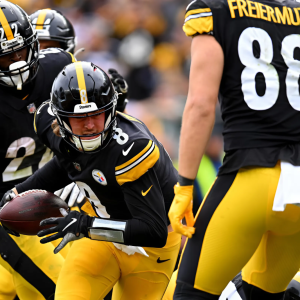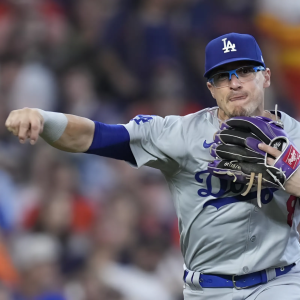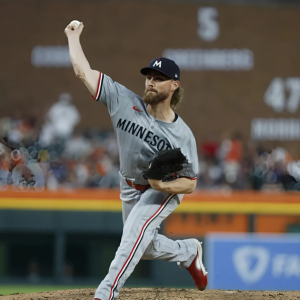The New York Yankees struck a deal with the Los Angeles Dodgers a few years ago, with the struggling Joey Gallo looking to find playing time elsewhere. It was a marriage that had to end, as the left-handed hitting outfielder didn’t do much of anything for this offense. Entering the 2022 season, Gallo had been projected for excellent numbers entering the 2022 season, as ZIPS had his median outcome as a 131 OPS+ and 3.7 WAR. He fell way short of expectations with the Yankees, but the Dodgers had hoped they could capture lightning in a bottle down the stretch.
In return for Gallo, who posted a 91 wRC+ and .277 OBP with the Dodgers, the Yankees got Clayton Beeter to bolster their Minor League pitching depth. Brian Cashman might have struck gold, as the right-hander has been brilliant in Triple-A this season.
Clayton Beeter Could Be a Massive Steal For the Yankees
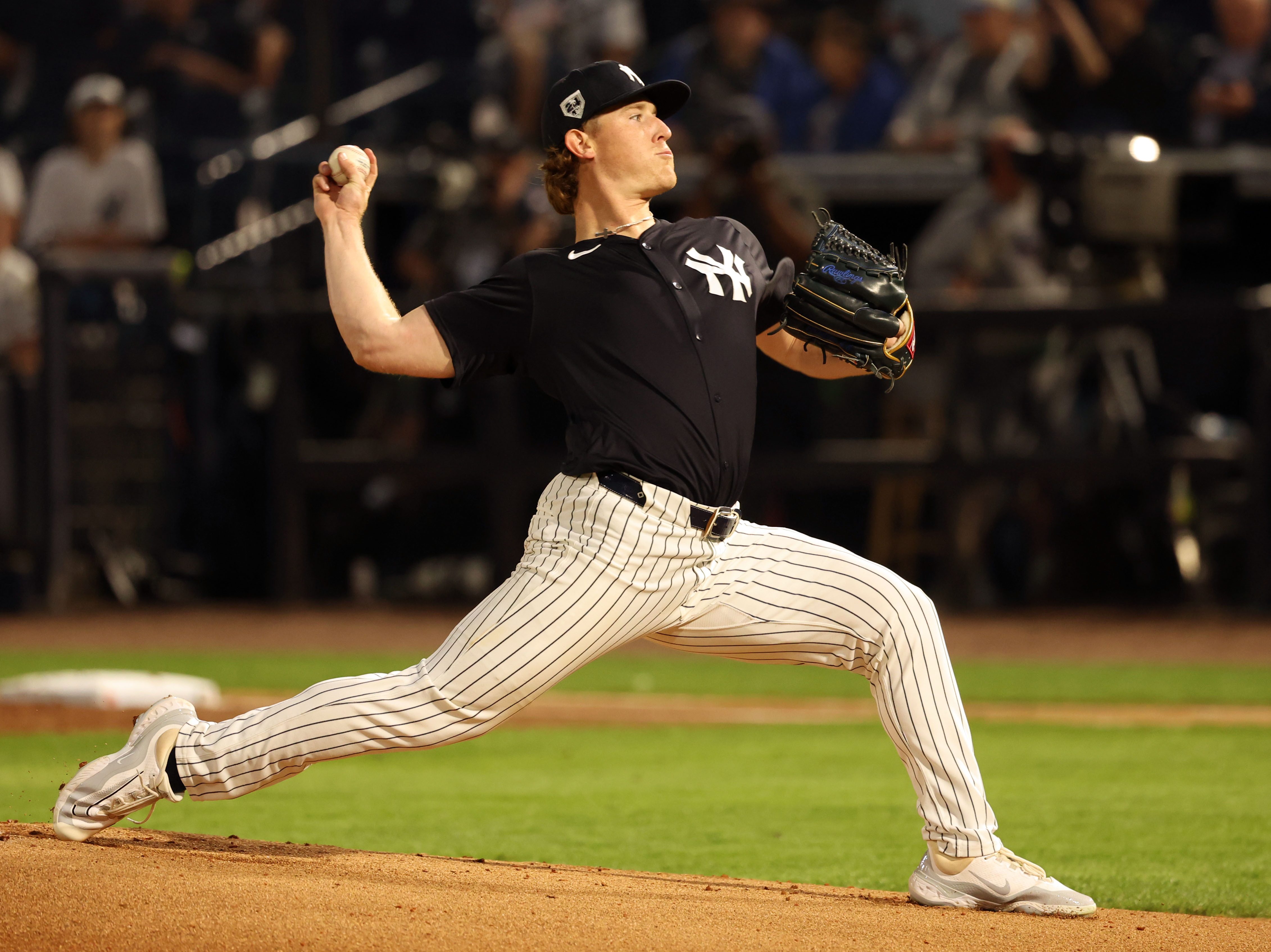
Last season we saw Clayton Beeter make the ascent from Double-A to Triple-A, and it was his first full season operating as a normal starting pitcher. When the Yankees acquired Beeter from the Dodgers, he had been more of an opener at that point, with Somerset slowly building him up to handle 4-5 inning workloads by the time the postseason rolled around. It was clear that getting him to consistently start would be difficult, especially given the fact that he has command issues and only two reliable pitches.
Upon being promoted to Triple-A we saw a lot of those issues rear their ugly heads, as Beeter walked 13.9% of batters faced and allowed a 1.90 HR/9 in his 15 outings, resulting in a 4.94 ERA and 5.17 xFIP. The average ERA in the International League was over 5.00, so Beeter wasn’t nearly as bad as the numbers suggested. Still, the command issues made it clear that if the Texas Tech alumni wanted to become a reliable starter, he would need his fastball-slider combination to be unhittable.
What immediately stands out about his movement profiles in 2024 is the improved vertical carry to his fastball, going from averaging about 16.7″ of Induced Vertical Break to 18.4″. The fastball sets up the slider down in the zone for whiffs, and having more vertical ride on the four-seamer makes it more effective up in the zone. Opposing hitters have struggled to do damage to a pitch they once crushed, as he’s yet to allow a barrel on his four-seam fastball. Just last year his four-seamer got barreled 13.2% of the time, and it would result in him allowing damage contact early in counts.

The other change to his fastball that goes unnoticed is the decrease in horizontal break, which has actually made it a much better pitch. His four-seamer is what we would call a cut-ride fastball, meaning it’s a pitch with 16 or more inches of IVB with fewer than 3 inches of arm-side run. This pitch has the usual illusion that high-carry fastballs have with a “rising” effect, but “cut” component of that term refers to how hitters detect horizontal movement. Batters read a fastball like Beeter’s as moving to his gloveside, giving it cutting action.
Hitters are often misreading the movement of his fastball, resulting in a 25.5% Whiff Rate and zero barrels allowed through five starts. The fastball sets up his elite slider, a pitch that I think is one of the best in all of baseball. It’s hard to find an “outlier” pitch, but Clayton Beeter’s slider has a plethora of unique and nasty characteristics that make it stand out. With a -9.1 Vertical Approach Angle, Beeter’s slider is in the 94th percentile in terms of steepness, generating plenty of whiffs and groundballs.
Good Night, @JaxShrimp. 🌙
Xoxo, Clayton Beeter
Tonight's final line for the @Yankes No. 13 prospect:
5.2 IP // 2 H // 0 R // 0 ER // 4 BB // 9 K pic.twitter.com/tpsZam0qu5— SWB RailRiders (@swbrailriders) May 2, 2024
That steepness paired with a fastball that he gets plenty of carry on creates a vertical separation tunnel that’s hard to handle for hitters, and these two pitches were designed to play off of each other beautifully. First, there’s virtually no way to pick up either pitch based on horizontal movement, as they’re within 5 inches of each other in that regard. Secondly, when you look at how the fastball and slider spin, they’re on the same axis. Spin is measured like we measure time in the 12-hour format, and two pitches that are around 6:00 apart in axis are going to mirror each other.
Clayton Beeter’s four-seamer spins at a 12:34 axis while the slider spins at a 6:38 axis, mirroring each other nearly perfectly. Hitters are lost trying to pick up his pitches, resulting in a 32% Chase Rate through his first five starts. In 2023 he struggled to generate swings out of the zone because of how erratic the control was, but the tweaks he’s made to tighten up the spin profiles and generate more carry on the heater have made a massive difference. He’s pitching to a 2.74 ERA and 2.33 FIP in the same run environment that has sported an average ERA north of 5.00.
He’s still building up his pitch count and workload, but this is by far the best Clayton Beeter has ever looked on a mound at the professional level. The walks are still a problem (13.2%) but those issues are negated by a strikeout rate north of 36% and having zero home runs allowed on the season. I’m still skeptical of his ability to start, but it’s impossible to argue he hasn’t made legitimate strides toward becoming a rotation piece.
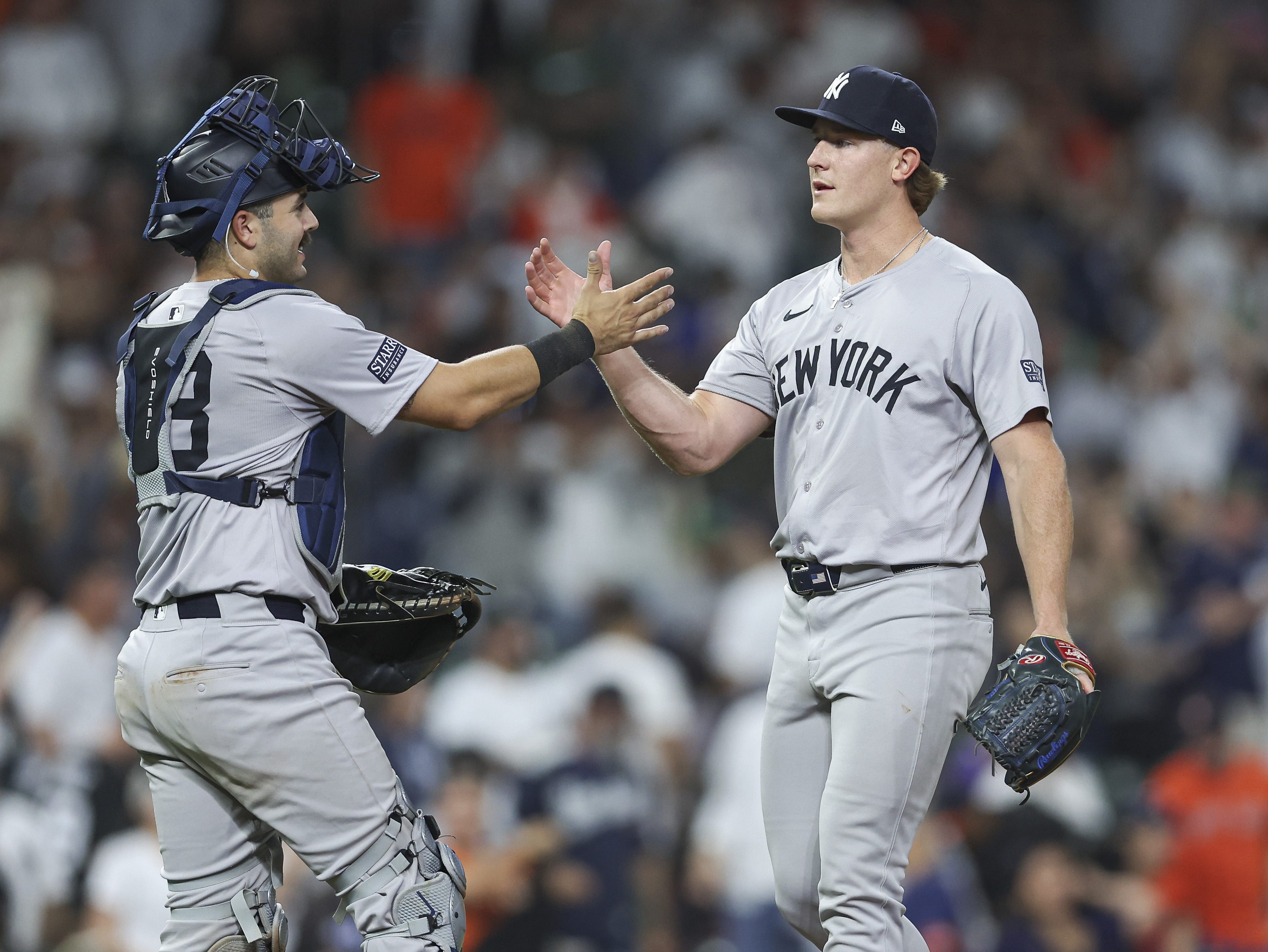
The long-term outlook of being a reliever is still the likeliest outcome for Beeter, but the chances of him making it as a starter are definitely improving. I’ve noticed that he’s been able to throw more changeups to left-handed hitters for success, and while I think it’s more of a show pitch, that could be a huge development for him.
Perhaps there are struggles a third time through a lineup, but I see no reason to believe that Beeter couldn’t become a reliable bullpen force for the Yankees. He’s absolutely filthy, and I think a development path similar to Jhony Brito’s would make the most sense here. Clayton Beeter has been dominating the competition in Triple-A, and if the Yankees add him to their pitching staff, he’ll make them that much better.

